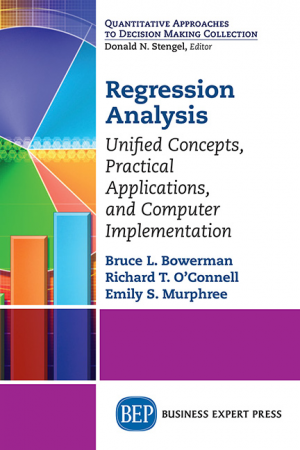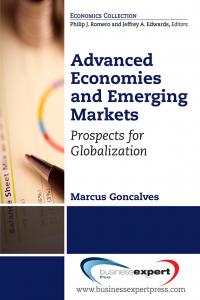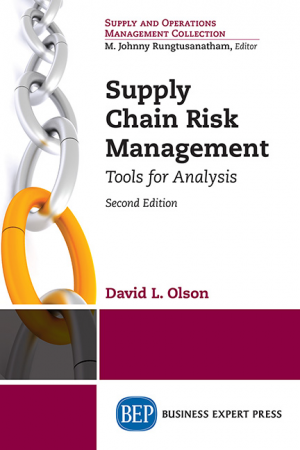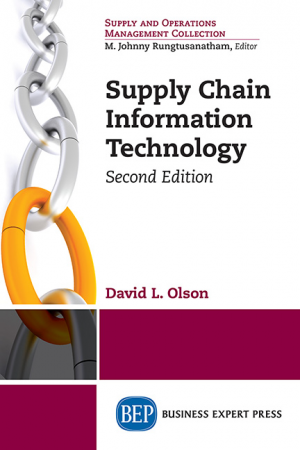Regression Analysis: Unified Concepts, Practical Applications, and Computer Implementation
$21.99This book is a concise and innovative book that gives a complete presentation of applied regression analysis in approximately one-half the space of competing books. With only the modest prerequisite of a basic (non-calculus) statistics course, this text is appropriate for the widest possible audience, including college juniors, seniors, and first-year graduate students in business, the sciences, and statistics, as well as professionals in business and industry. The book is able to accommodate this wide audience because of the unique, integrative approach that it takes to the teaching of regression analysis. Whereas other regression books cover regression in four chapters, beginning with a statistical review, followed by chapters on simple linear regression, matrix algebra and multiple regression, this book introduces regression and covers both simple linear regression and multiple regression in single cohesive chapter. This is made possible through an efficient, integrative discussion of the two techniques. Additionally, in the same chapter (Chapter 2) basic statistical and matrix algebra concepts are introduced as needed In order to facilitate instruction. This approach avoids the needless repetition that is often found in longer treatments of the subject, while serving to bring a collective focus to students of widely varying mathematical backgrounds. Chapter 3 continues the integrative approach of the book by discussing more advanced regression models, including models using squared and interaction terms, models using dummy variables, and logistic regression models. The book concludes with Chapter 4, which organizes the techniques of model building, model diagnosis, and model improvement into a cohesive six step procedure.
Free Downloads! The authors are offering three appendixes and supplementary exercises. Appendix B is a thorough discussion of the theory underlying the applied results and applications in the main book. It allows a more theoretical course to be taught to junior, senior, and first year graduate students in business, the sciences, and statistics. Appendix C gives an extended discussion of logistic discussion, which is covered in about eight pages in the main book. It contains both some theory behind logistic regression and additional logistic regression techniques. Logistic regression is a very important technique of contemporary statistical practice because it is used extensively in data mining, which is so important in modern business. Appendix D extends the discussion of modeling times series data given in the main book and discusses the Box-Jenkins forecasting methodology. This appendix allows a combined course on regression analysis and forecasting to be taught.











